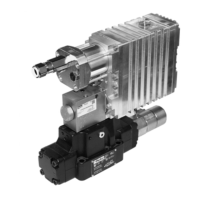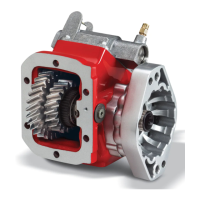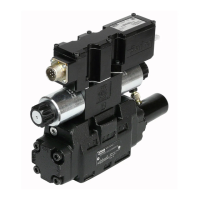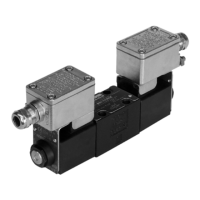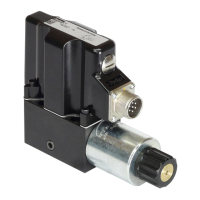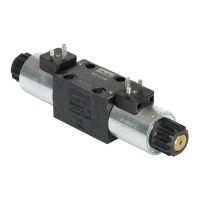3.1.3.3. AC-Coupled Frequency Input Connections
When connecting AC-coupled frequency inputs, be aware of system noise and
ground level shift.
System Noise
AC-coupled frequency inputs are more susceptible to system noise than digital
inputs.
To reduce system noise:
Connect AC-coupled frequency inputs to sensors with significant DC offset.
Use the shortest possible wires when connecting AC-coupled frequency inputs
to sensors to prevent noise pickup on the sensors.
Ground Level Shift
Ground level shift affects the accuracy of AC-coupled frequency inputs. Ground
level shift refers to the difference between the system ground input (GND)
voltage, and the sensor ground voltage.
To reduce ground level shift:
If there are more than 1 GND pins in the system, dedicate one of them to
sensors that have ground wires, and connect all sensor grounds to that system
ground pin.
Splice the other system ground inputs together in the vehicle harness (close to
the connector), to provide a better ground for the noisier low-side outputs and
digital circuits.
Ensure the sensor’s ground connection is close to the system ground
connections. This will help ensure the signal remains within the digital
activation range of the input.
Note 1: The VMM2404 system ground inputs are rated for low-current
signals, which ensures the sensor’s ground is very close in voltage potential to
the system ground.
Note 2: Sensors that don’t have a dedicated ground wire are typically
grounded to the vehicle chassis through the sensor’s body.
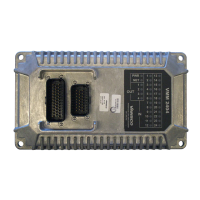
